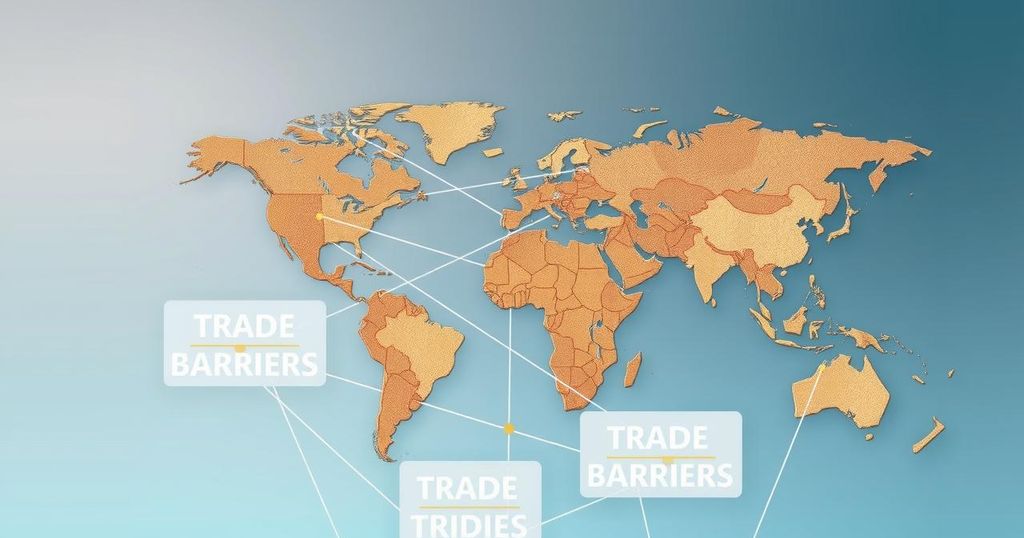US President Trump plans reciprocal tariffs for all countries starting April 2, aiming to rebalance trade and generate revenue for domestic initiatives. The White House has not provided specific details about the tariffs or exemptions. India has initiated bilateral trade discussions, with efforts to enhance cooperation as both nations aim for a comprehensive agreement by 2025. Current trade statistics reveal India as the top trading partner of the US, highlighting the importance of responsive strategies in light of potential tariffs.
As April 2 approaches, United States President Donald Trump is set to implement a strategy of reciprocal tariffs with all nations, rather than limiting it to a select 10 to 15 countries. This move aims to rebalance global trade, promote U.S. manufacturing, and fund domestic policy initiatives including tax cuts from his previous administration and promises related to the 2024 campaign. The White House has yet to clarify the specifics of these tariffs, including the calculation methods and potential exemptions for affected countries.
Economic advisor Kevin Hassett indicated that the administration would focus on the top countries with the largest trade imbalances, although specific nations have not been disclosed. Concerns have emerged from various quarters regarding the potential negative impact on global economic stability this tariff strategy may entail. The uncertainty surrounding the timeline and effects of these tariffs has exacerbated market instability, invoking fears of an impending trade war and recession within the United States.
In response to this tariff strategy, India has commenced sectoral discussions under a proposed bilateral trade agreement (BTA) with the U.S., following constructive negotiations. These discussions aim to enhance bilateral cooperation, with priorities including improving market access and reducing tariffs while aiming to finalize the first phase of the trade agreement by Fall 2025. India is expected to negotiate reductions in labor-intensive industries like textiles in exchange for U.S. concessions in sectors such as industrial goods and agriculture.
Key exports to the U.S. from India in 2024 included pharmaceuticals, telecom instruments, and jewelry, while major imports from the U.S. comprised crude oil, diamonds, and electric machinery. Current U.S.-India trade dynamics reveal a significant trade surplus for India, totaling approximately USD 35.31 billion. As India is the U.S.’s largest trading partner, there are appeals from Indian exporters for protective measures against reciprocal tariffs, emphasizing the importance of safeguarding trade relations amidst complex negotiations between the two countries.
The impending implementation of reciprocal tariffs by the United States poses significant uncertainties for global trade, particularly affecting nations like India, which is heavily engaged in ongoing trade negotiations. While attempts to seek exemptions and engage in cooperation highlight the importance of bilateral relationships, the outcomes of these tariffs could have far-reaching implications for both economies. The upcoming discussions under the BTA will be pivotal in shaping future trade dynamics and addressing concerns over trade imbalances.
Original Source: www.livemint.com






